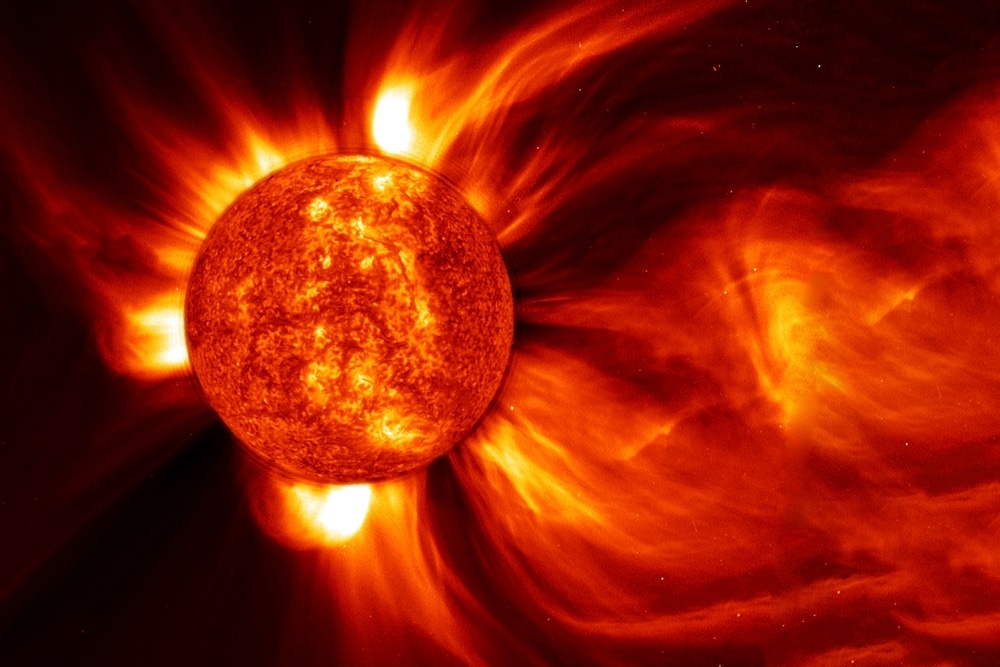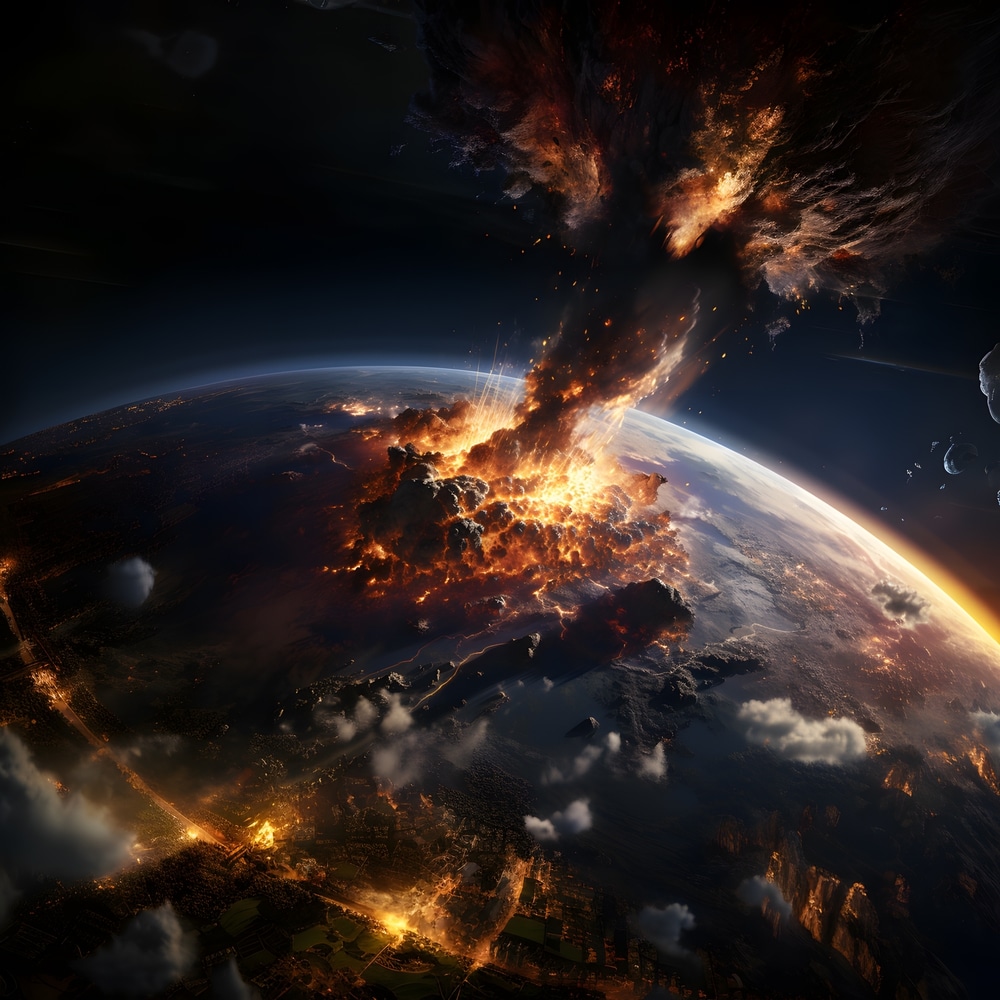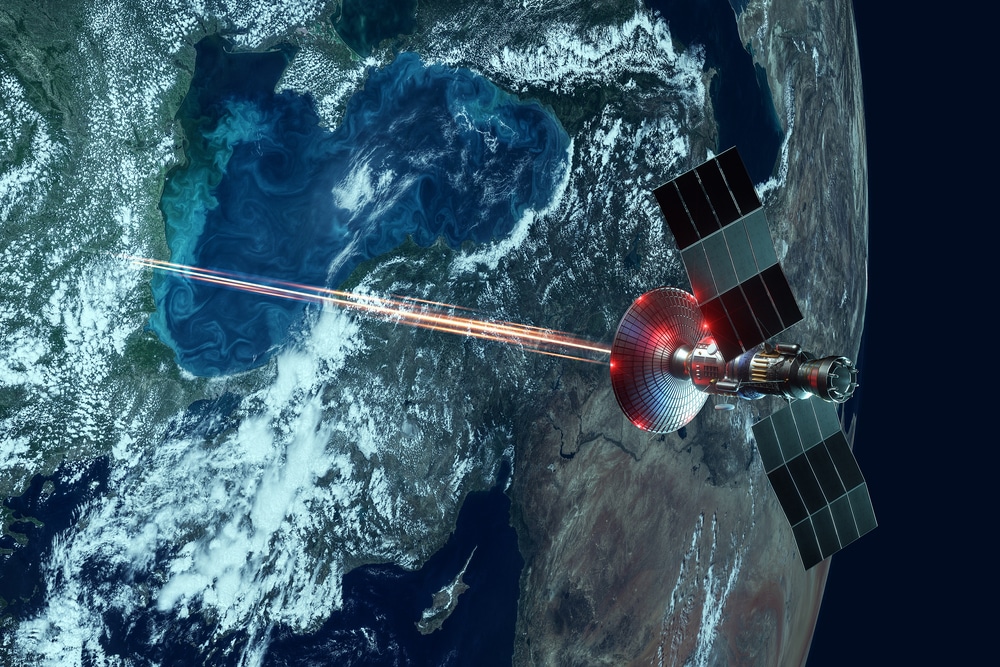(OPINION) According to scientists, every 11 years, the sun goes through a cycle where its magnetic poles (North and South) reverse or switch places.
The sun’s poles last flipped in 2013, so the next event is on schedule to take place this year, according to Vox.com.
Scientists say there’s no need to panic. It’s not a sign of the apocalypse. You won’t even notice it when the flip happens. But it’s not the pole reversal itself that’s the main cause for concern.
With the sun’s surface growing more active, serious anomalies can happen. While that’s great news for amateur astronomers who are set to see some amazing solar fireworks through their telescopes, it could be bad news for power grids and communication satellites circling the Earth.
There’s already intense magnetic activity now happening on the sun’s surface that marks a kind of lead-in that comes before the poles’ reversal.
“We are indeed seeing the sun more active than it’s been in probably something like 20 years,” Paul Charbonneau, a solar physicist at the University of Montreal, told Vox.
It’s during these peak periods of solar activity that the sun’s fireworks grow larger.
“When the magnetic energy content of the sun is a lot larger, that’s when you tend to get more solar flares, more {coronal} mass ejections — more fun stuff,” Charbonneau said.
It’s these Coronal Mass Ejections (CME) that hurl charged matter out across the solar system like a giant shotgun, resulting in a potentially disruptive solar storm.
As CBN News reported in December 2021, grid operators in some regions of the country have been heeding warnings to prepare for solar storms and sunspots blasting particles into space.
William Murtagh’s group at the National Oceanic and Atmospheric Administration (NOAA) maintains a direct line with all the electric companies in the event of a geomagnetic eruption.
“When we see one of these large eruptions occurring in the sun, what we call Coronal Mass Ejection, coming towards Earth, we initiate this hotline call and we make communication with essentially the entire grid, owners and operators across the nation,” Murtagh, who serves as program coordinator at NOAA’s Space Weather Prediction Center, told CBN News.
Researchers with the U.S. Geological Survey released a map in 2020 showing grid systems in the Midwest and Eastern Seaboard that are particularly vulnerable to solar storms.
Murtagh says electricity operators are now constantly assessing areas of vulnerability.
“If there’s vulnerability in certain equipment, maybe they can modify that equipment, the manufacturing of that equipment, to make it hardened, to make it better protected against a geomagnetic storm,” Murtagh said. “There are many different actions they can take to ensure that the grid stays up and running during these big geomagnetic storms.”


















